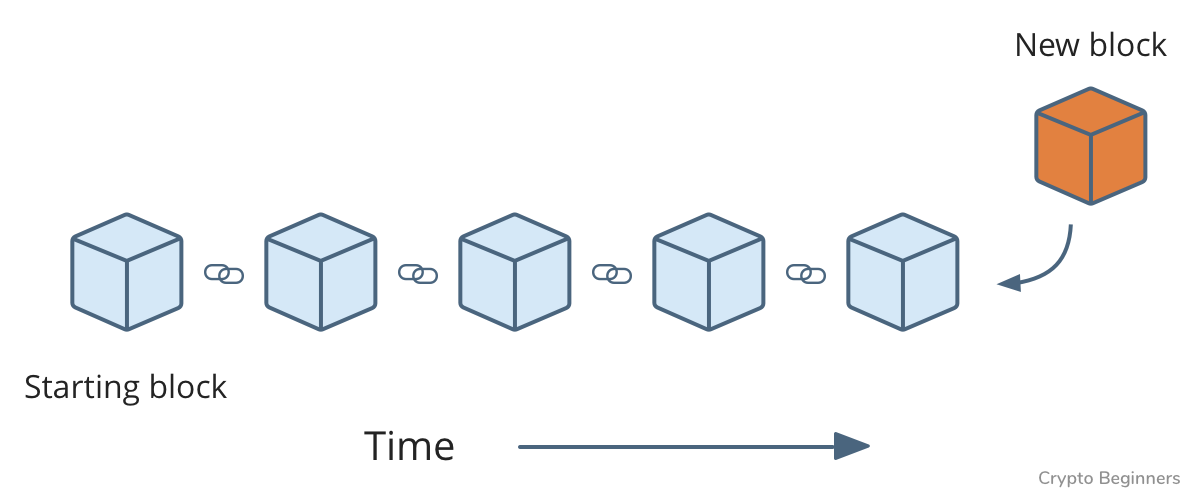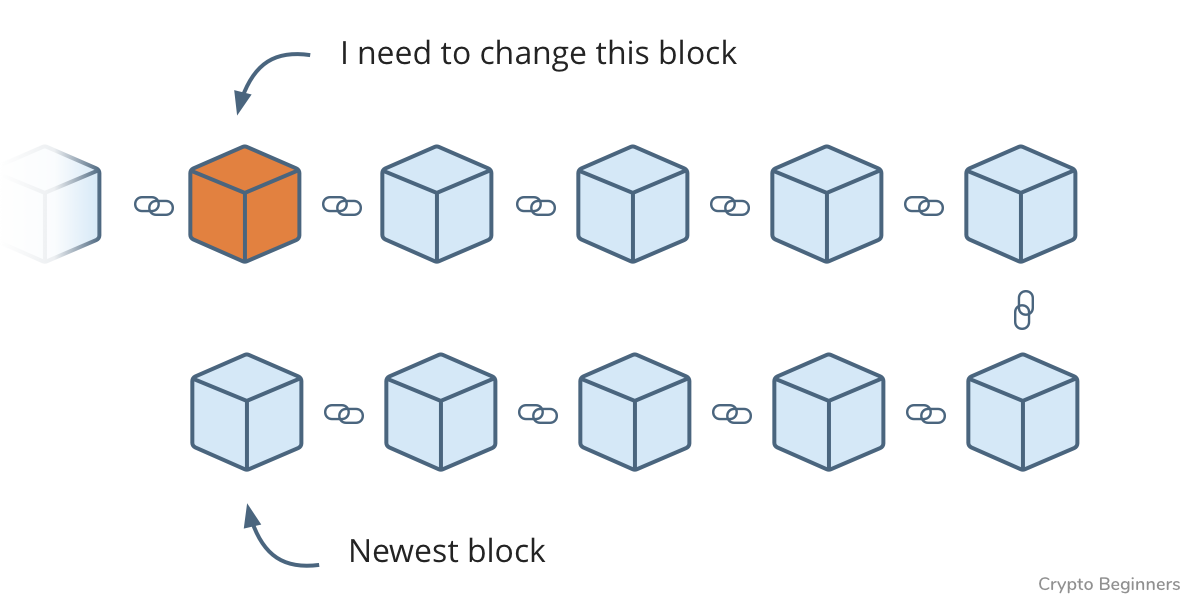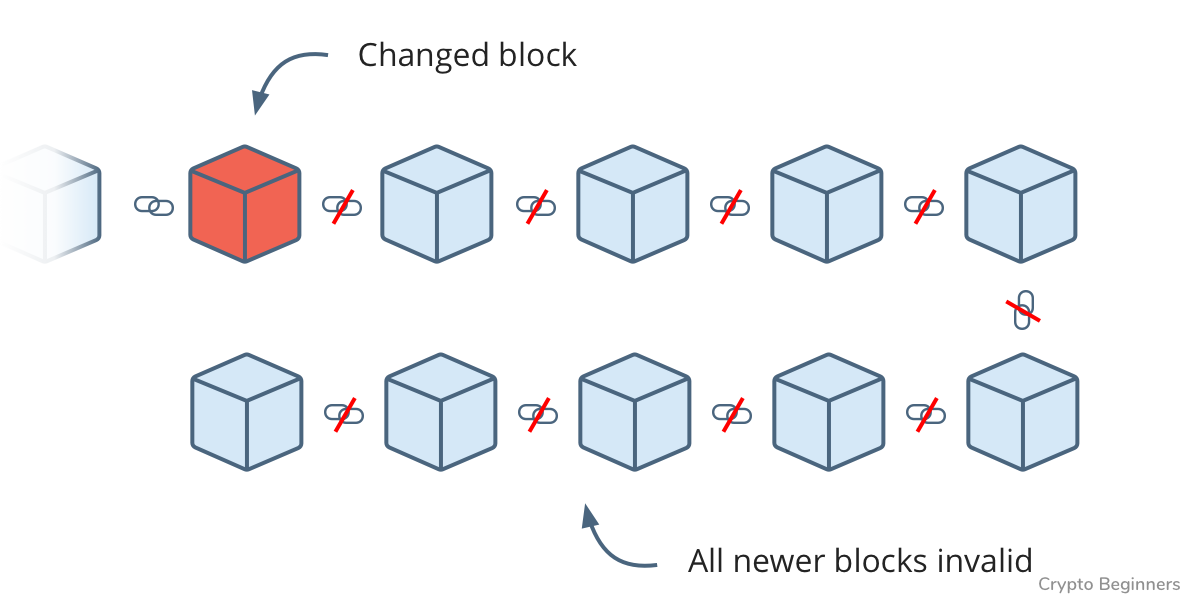Copyrighted Works Freely Available
Thousands of Copyrighted Works Will Now Be Freely Available to Teachers
‘The drought is over’: mass US copyright expiry brings flood of works into public domain
Digital Literacy for St. Cloud State University
December 27, 201812:18 PM ET KATHLEEN BURGE
https://www.npr.org/sections/health-shots/2018/12/27/675377939/enter-title
Researchers have discovered that virtual reality simulations like this one, can make viewers more empathetic to people they virtually embody: people of different races; people with colorblindness; even an avatar of an older version of themselves.
The United Nations has created about 20 virtual reality films, including one about a 12-year-old Syrian refugee and another profiling a Liberian woman whose family died from Ebola.
Last month, Stanford University’s Virtual Human Interaction Lab, which studies the link between virtual reality and empathy, found that people shown an immersive VR film built around the experience of a homeless man
In medicine, virtual reality has been used to reduce pain, help stroke victims recover, and allow doctors to plan and watch surgery.
At the Royal Trinity Hospice in London, a dying woman and her husband revisited Venice, where they had gotten engaged — the simulation was part of a larger study about VR’s effect on physical and psychological symptoms at the end of life. Another woman walked the beaches of the Maldives. A third returned to Jerusalem, the city where she grew up.
Virtual reality may also encourage people to plan for the end of life, says Marilyn Gugliucci, director of geriatric education and research at the College of Osteopathic Medicine.
+++++++++++++++
More on virtual reality and empathy in this IMS blog:
https://blog.stcloudstate.edu/ims?s=virtual+reality+empathy
guide (available as PDF here and Google Doc here) to offer some explanations of how to avoid copyright infringement by using media that you can legally re-use for classroom projects including blog posts, web pages, videos, slideshows, and podcasts. The guide also includes 21 places to find media to use in classroom projects.
FOR MORE INFO ON COPYRIGHT AND RELATED (fair use, Creative Commons etc.): contact Rachel Wexelbaum, rwexelabum@stcloudstate.edu
Please have an excellent outline of what “free” means, what is Creative Commons, what is Public Domain + stock sites with images:
and many more at http://blog.bufferapp.com/free-image-sources-list
+++++++++++++++++++++++++++
more on free visuals in this iMS blog
https://blog.stcloudstate.edu/ims/2016/04/07/stock-photos/
https://blog.stcloudstate.edu/ims/2014/06/01/social-media-and-presentations-free-image-sources/
https://blog.stcloudstate.edu/ims/2018/11/01/public-domain-video-clips/
http://www.freeimages.co.uk/index.htm
http://www.socialmediatoday.com/marketing/2015-02-27/20-sites-get-free-stock-images-commercial-use
Friday, December 21, 2018 https://www.freetech4teachers.com/2018/12/an-extensive-guide-to-copyright-and.html
a guide to locating media for use in classroom projects.
basic summaries of the concepts of public domain, Creative Commons, and fair use. In the section on fair use Stanford University Libraries’ Copyright & Fair Use guide.
Websites: Five Ways to Stay Out of Trouble.
a copy here as a Google Doc or here as a PDF
++++++++++++
more on copyright in this IMS blog
https://blog.stcloudstate.edu/ims?s=copyright
fair use in this IMS blog
https://blog.stcloudstate.edu/ims?s=fair+use
why instructional design doesn’t typically work with students, or anyone’s learning for that matter, when you teach with PowerPoint—as well as how you can avoid it. It all begins with a little concept called “cognitive load.”
Cognitive load describes the capacity of our brain’s working memory (or WM) to hold and process new pieces of information. We’ve all got a limited amount of working memory, so when we have to handle information in more than one way, our load gets heavier, and progressively more challenging to manage.
In a classroom, a student’s cognitive load is greatly affected by the “extraneous” nature of information—in other words, the manner by which information is presented to them (Sweller, 2010). Every teacher instinctively knows there are better—and worse—ways to present information.
A study in Australia in the late 1990s (the 1999 Kalyuga study) compared the learning achievement of a group of college students who watched an educator’s presentation involving a visual text element and an audio text element (meaning there were words on a screen while the teacher also talked) with those who only listened to a lecture, minus the pesky PowerPoint slides.
It’s called the the redundancy effect. Verbal redundancy “arises from the concurrent presentation of text and verbatim speech,” increasing the risk of overloading working memory capacity—and so may have a negative effect on learning.
Researchers including John Sweller and Kimberly Leslie contend that it would be easier for students to learn the differences between herbivores and carnivores by closing their eyes and only listening to the teacher. But students who close their eyes during a lecture are likely to to called out for “failing to paying attention.”
Richard Mayer, a brain scientist at UC Santa Barbara and author of the book Multimedia Learning, offers the following prescription: Eliminate textual elements from presentations and instead talk through points, sharing images or graphs with students
a separate Australian investigation by Leslie et al. (2012), suggest that mixing visual cues with auditory explanations (in math and science classrooms, in particular) are essential and effective. In the Leslie study, a group of 4th grade students who knew nothing about magnetism and light learned significantly more when presented with both images and a teacher’s explanation than a separate group which received only auditory explanation.
hints:
+++++++++++++
more on Power Point in this IMS blog
https://blog.stcloudstate.edu/ims?s=power+point
presence (VR different from other media), virtual pit, haptic devices and environment
4 min: what’s the point?…
VR is a paradox, no rules,
what should you do and what to avoid
Ketaki Shriram dissertation
addiction
Gerd Bruder observed the other German person confused between VR and real world.
Common Sense Media – when children can VR and for how long
Jackie Baily worked with children VR Sesame street Grover
impossible, counterproductive, rare/expensive, dangerous are the 4 reasons to use it. Not ubiquitous!
12 min. empathy
Tobin Asher “Becoming Homeless” blame the situation or the character (min 17)
counterproductive:
June Lubchenko, 2013. NOAA. min 19. natural disasters, not trusting self-report, but actions.
Fio Micheli. counter productive to fly children to the coral in Italy, but VR makes it possible. learning efficacy. Motivation to learn. min 21.
min 26. MOOC – materials are for free. not replacing field trips, just making them more often.
min 27. spherical video to practice football with VR
min 29. Walmart – “academies” Mark Gill the nursing home simulation.
dangerous:
learning to drive.
freedom speech over all media but VR is specific, different. If you won’t do it in the real world, don’t do it in VR
questions
min 33. what is the iPhone for VR.
Fred Brooks
min 37. disentization. how many times to do something to have effect. Kathy Mayhew and Mark Gill research
min 38. AR and psychology – not much resources. virtual person breaks physics – walks through chairs. Greg Weltch Central Florida – AR breaks physics study.
min 42. if his lab gives grants for art content creation. Immersive Journalism, storytelling syllabus. Mark Gill for our class, Bill Gorcica . Robert Wood Johnson Foundation, Gordon and Betty Moore Foundation, Mayday Foundation
+++++++++
more on VR in this IMS blog
https://blog.stcloudstate.edu/ims?s=virtual+reality
Emerging Technologies for Lifelong Learning:
Intro to #EmTechMOOC and EmTechWIKI from SUNY
“… open-access resource… to identify the value and implications of using established and emerging technology tools for personal and professional growth…strategies to … keep pace with technology change.
“… #EmTechMOOC, – Coursera Massive Open Online Course
“…EmTechWIKI …socially-curated discovery engine to discover tools, tutorials, and resources. The WIKI can be used as a stand-alone resource, or it can be used together with #EmTechMOOC. Anyone is welcome to add or edit WIKI resources.”
” – excerpt from https://www.coursera.org/learn/emerging-technologies-lifelong-learning,
Guests
Roberta (Robin) Sullivan, Online Learning Specialist, Center for Educational Innovation, University at Buffalo
Amid vote-hacking fears, election officials are jumping on the crypto bandwagon — but cybersecurity experts are sounding an alarm
+++++++++++
more on blockchain in this IMS blog
https://blog.stcloudstate.edu/ims?s=blockchain

if I had duplicated my card, sent one copy out earlier then tried to send the second one to you, the history of that trade would already exist, so my second trade to you would conflict and be rejected.

that digital signature that gets put on each block? That is actually generated based on the info in the block, so changing the data (i.e removing my trade) automatically changes the signature.

an open, decentralised, non-reversible, tamper-proof digital network for trading valuable assets.
This is a simplified version of how blockchain technology works, but it’s easy to see how this tech gives Bitcoin its unique and fascinating properties.
+++++++++++
more on blockchain in this IMS blog
https://blog.stcloudstate.edu/ims?s=blockchain